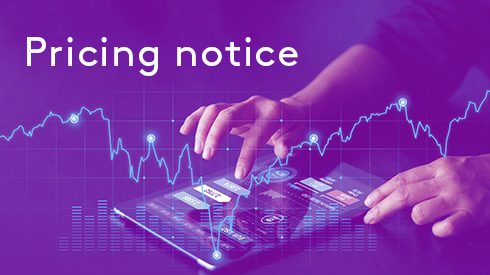The proposal comes as the uptake of electric vehicles (EV) gains pace across European countries and to provide legal certainty for battery investments within Europe.
This is in line with the European Green Deal commitment to make Europe’s economy sustainable, circular and carbon neutral by 2050 as well as the view of the strategic role that all rechargeable batteries will play as the European Union shifts to a greener economy.
According to EC forecasts, global demand for batteries is set to increase 14 fold by 2030 and the EU could account for around 17% of that global demand.
Among the aims of the regulation, the EC proposes that from July 1, 2024, only rechargeable industrial and EV batteries for which a carbon footprint declaration has been established would enter the EU market.
The measures once approved will replace the existing EU Batteries Directive and will be legally binding and adopted at EU level. It will be applied to all batteries entering the EU market regardless of their origin.
Several new elements in the proposed legislation rely on IT technologies mostly in relation to battery labeling and traceability.
Battery end-of-life management
A special focus in the EC proposal relates to the establishment of new requirements on the content of recycled battery materials and their collection. A framework will be established that will allow batteries to be repurposed, re-manufactured or recycled once they reach the end of their useful life so as to maintain valuable materials used in their production within the European economy.
Lithium, cobalt, and nickel are key raw material utilized in batteries that power EVs, energy storage systems and portable electronics.
Increased scrutiny has been placed recently on the sustainability of the mining of these battery raw materials and many EV manufactures have already started to require sustainability in their supply chains.
Fastmarkets reported in November that German carmaker Mercedes-Benz announced it would transition to sourcing cobalt and lithium for EVs batteries only from certified mines to reduce the environmental and social impact of its supply chains.
“Clean energy is the key to the European Green Deal, but our increasing reliance on batteries in, for example transport, should not harm the environment, The new batteries regulation will help reduce the environmental and social impact of all batteries throughout their life cycle. Today’s proposal allows the EU to scale up the use and production of batteries in a safe, circular and healthy way,” executive vice-president for the European Green Deal Frans Timmermans said.





